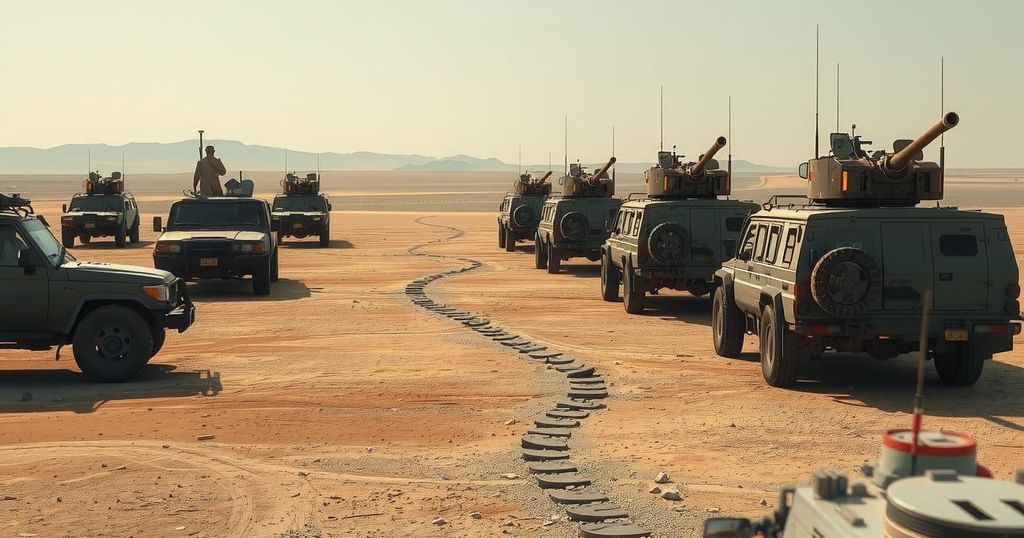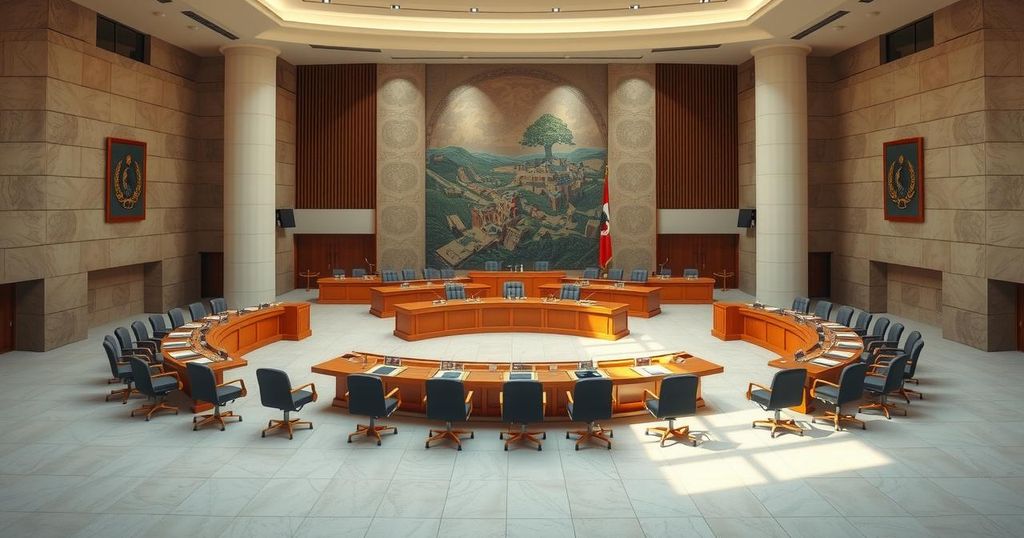The article discusses the escalating threat posed by militarism in Uganda, as revealed in a HURIPEC report. It examines historical roots of militarization, recent instances of violence, and the impact on civil society and governance. The analysis raises concerns about human rights violations and the erosion of democratic principles under the National Resistance Movement (NRM) regime.
The increasing militarization in Uganda poses significant threats to peace and stability, as outlined in a recent report by the Human Rights and Peace Centre (HURIPEC) that analyzes the situation. Dr. Busingye Kabumba emphasizes that this report unearths the origins of militarism in Uganda, questioning how the country can navigate its way out. Militarism is described as the belief that military solutions are the best for societal issues.
President Yoweri Museveni’s regime has integrated the military into the governance structure, with General Muhoozi Kainerugaba, the army chief and Museveni’s son, affirming this at a recent anniversary. He proclaimed the army’s importance for Uganda’s governance and its contributions to overcoming past tyranny, a statement that starkly contrasts with the Constitution’s assertion that power resides with the people.
Recent events depict a climate of intimidation and militarized control. During a court session for opposition leader Kizza Besigye, a heavily armed operative ominously positioned himself near the audience, presenting a disturbing symbol of state power. Similarly, the violent suppression of National Unity Platform (NUP) rallies further illustrates the brutal tactics used against unarmed civilians, creating an overwhelming atmosphere of fear.
Allegations of human rights abuses are not new; the Joint Anti-Terrorism Task Force (JATT), originally established in 2002, has faced scrutiny for its brutal methods. They are often cited in reports detailing illegal detentions and torture, raising serious concerns about the state’s commitment to human rights. Comparisons to violent groups underscore a grim reality of growing militarism within law enforcement agencies.
Moreover, HURIPEC warns that the violent state tactics are not just a means of control but are also permeating Ugandan society—especially among the youth—who may resort to militarized methods of coping with oppression. The prevailing militarization of police forces adds to the erosion of public trust and civilian oversight.
Historical context reveals that Uganda’s entrenched militarism stems from a legacy of violent governance dating back to British colonization. The determined resistance against tyranny in the 1970s and 1980s reflected the citizens’ struggle for rights and autonomy, contrasting sharply with today’s political landscape.
Current daily experiences resonate with past grievances, indicating an unsettling reversal of gains made since the NRA’s rise to power in 1986. As the ruling regime’s tactics become increasingly authoritarian, questions arise regarding the future of civilian governance in Uganda and whether citizens will continue to endure this troubling militaristic trajectory.
In conclusion, Uganda is facing a significant threat to peace and stability due to the pervasive militarization of its institutions and governance. Rising militarism, combined with human rights abuses, is not only fostering fear among citizens but is also influencing societal behavior among the youth. The deep-rooted historical context provides insight into the current climate, urging a thoughtful reconsideration of Uganda’s trajectory towards democracy and civil governance. Premiering a united front against this trend might be crucial for safeguarding the ethos of Uganda’s Constitution, which proclaims that power belongs to the people.
Original Source: www.independent.co.ug




